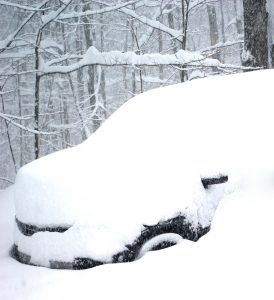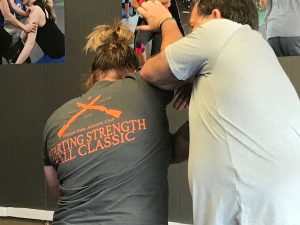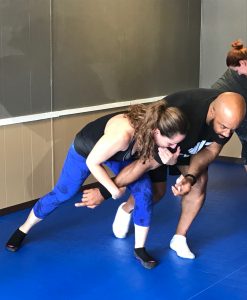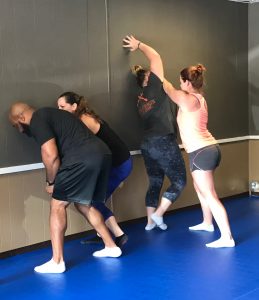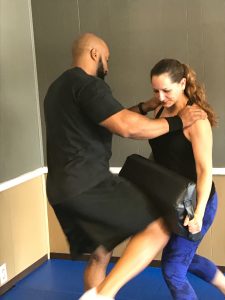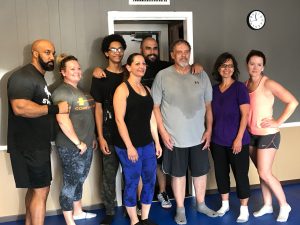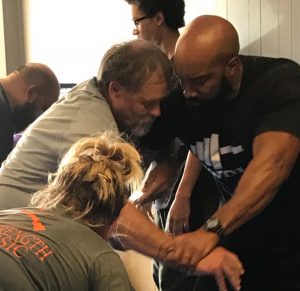KN, p. 208 “Death by Freezing”
Most of the USA goes into a deep freeze at some point during the winter. Sadly, people have been known to die because they get stuck in their cars during blizzards. Some have frozen to death in their own homes when power was lost and the heat went off. Tragedies to be sure.
Why can’t humans survive in the severe cold? What happens to the body?
Damage to the eyes:
Your eyeballs can’t really freeze solid in ordinary outdoor activities, but you could do serious damage to them if you don’t wear goggles in extreme temperatures. Runners note: the eyes might tear a bit more, but the eyelids will blink, and deliver the salt (naturally found in tears) to coat the eyeball, effectively lowering the freezing point of the tears themselves. It is possible for the eyeball to freeze temporarily during extreme sports – like the challenging cross country Iditarod races in Alaska – but lesser symptoms (blurred vision, frostbite) can also impair a contestant’s ability to complete the course. Doctor intervention might be necessary if either of these problems occur, because otherwise, injury to the body can be permanent.
Damage to the skin/muscles:
Feet, fingers, and toes can freeze to the point of pieces falling off, or needing to be amputated. Frostnip can freeze the skin, but frostbite can freeze not just the skin, but muscles, tissues and fat beneath it. Plus, if the wind chill drops below -40F, your skin can freeze within minutes if you’re not wearing the proper gear.
I had the wrong gloves with me while on a ski trip in colder-than-we-expected temperatures years ago. True story: it only took ten minutes for my fingers to be in great pain. I knew there was a problem after five and headed to the lodge. I got first aid, and new gloves, but I stayed inside until the outside temperatures rose in the afternoon. My thumbs hurt now, just thinking about it.
Sound scary? How about this: the longer you’re exposed, the more likely it is that any damage will be permanent and/or involve amputation. I got lucky. I was minutes away from help.
Cold can kill:
Listen to the weather forecasters and government officials when they tell you to stay indoors during extremely cold weather. If you’re not dressed properly or are in a place without shelter, you might die in the wrong combination of circumstances. Every year, people in North America die from a variety of situations where exposure to the elements overtook the body’s ability to cope. In the first week of January, 2018, when temperatures dropped unexpectedly across wide swaths of North America, ten people died.
The human body maintains a core temperature of 98.6F (37 C) and when it drops, hypothermia can set in. Even a 4-5 degree drop, if accompanied by constant shivering, tiredness, and rapid breathing, can signal the onset.
We wear insulated jackets, gloves, and hats to avoid getting chilled. They trap the air around our bodies and keep in the heat. But, if the clothes get wet (say you fall through the ice while skating) the insulating effects are gone and there will be rapid body heat loss, as if you weren’t wearing that winter jacket at all. Interesting factoid: Your body type also determines how quickly you lose heat: Tall, slender people become cold much faster than shorter, heavier types.
There are levels of hypothermia. In moderate hypothermia, symptoms might include poor coordination, slurred speech, confusion, and slowed breathing. In severe hypothermia, symptoms might make it hard to tell if the person is alive or dead. They’ll lose consciousness, their breathing might become too shallow to detect, the pulse will be weak, or irregular, and pupils will be dilated. Severe hypothermia is often fatal.
How could this happen? Why would people put themselves into a situation where they might lose limbs, or even die? That forgotten bottle of milk at the store that is 20 miles away? The unexpected emergency trip to a sick relative, when you left home before the storm arrived? Braving the elements to prove something to your friends? Extreme Sports competitions? You name it. Be prepared and most of the risk for a bad ending goes away.
Dress in layers, wear a hat and gloves, wear goggles or glasses when in the snow, cover exposed skin, bring pets indoors, stock the car with water and blankets. Read “Snow Shoveling and Heart Attacks,” and “Get Ready for the Blizzard” for more prevention/survival tips.
Now that you’ve read all the bad things about getting too cold for your own good, remember that First Responders – police, firefighters, and EMS personnel – have to be out in the worst of the worst conditions. They go to work so that you can be rescued or saved from harm.
Be kind. Follow directions. Stay home if you can. Dress appropriately, no matter what activity takes you out into the cold.
Stay alive.
For more information about the effects of severe cold on the body, see: http://www.princeton.edu/~oa/safety/hypocold.shtml
KN, p. 208 “Death by Freezing” Read More »

